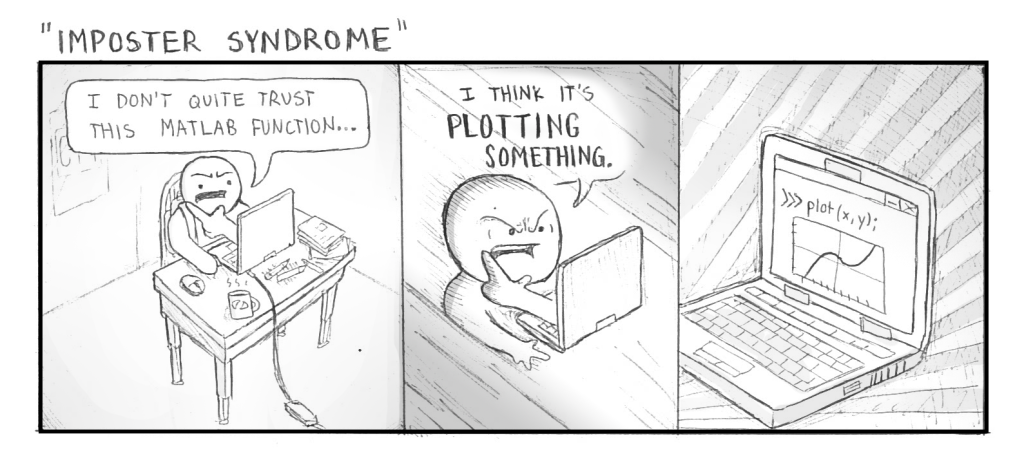Only good days start with a 3:45am wake up time. Then a 4:15 Uber ride to the airport. Then an hour and a half plane ride, which happens to only be about a third full. Then an airport taxi to our destination, you know, The White House. But let’s back up here. Why exactly were we at the White House? We were there for South by South Lawn. Inspired by South by Southwest (which President Obama attended this past spring), SXSL brought together innovators, creators, and organizers working with social justice and environmental issues in an all-day festival showcasing their work. So, again, why were we there?
Our involvement at SXSL was a collaboration of two labs on campus. Sara Hendren was invited to present her work with a+a at SXSL, and came to us folks in Return Design for exhibit design and fabrication help. Return Design is Tim Ferguson Sauder’s lab at Olin where student designers produce commissioned work for people who help people, including non-profits and art organizations. That’s where we come in… We’re Keenan, Aaron, and Gaby, juniors and student designers at Return Design.
At the White House gate, we were greeted by two of the SXSL organizers, as well as two Secret Service members, fully equipped with all of the tactical gear you can imagine. An adorable German shepard, most likely one command away from tearing out our windpipes, sniffed our equipment-filled bags. It turns out only Sara was on ‘the list.’ The two organizers were at the ready to tackle the situation, and quickly collected our IDs and added us to said ‘list’ via pink-cased smartphone—very official and secure.
After around 20 minutes, the additions to the list had been processed and we were all let through the first gate. All except Keenan, that is, since his birth year was incorrectly entered as 2016. He may have a baby face, but that is a little extreme. So as the rest of the team entered the premises, Keenan had the unique opportunity to stand alone for another 20 minutes with the unflinching Secret Service men before he was reinstated to his rightful age and allowed on the lawn. The two organizers assured him and reminded him to “not lose faith in the government.” Not yet.
Once we got in, we got right to work finalizing the booth and prepping for the press and attendees. Some kind folks from the coffee bar at the event brought us iced coffees to get us going, and soon the last of the vinyl was up, we (finally!) got a power hook-up, and we had the project prototypes arranged.
“I hit something hard when I was putting in this stake. Is there a bunker under here?” – Jeff
“I can neither confirm nor deny those allegations.” – the grinning Secret Service guy
When the SXSL guests arrived, we found ourselves busily engaged in good conversation. Some attendees strolled by, while others were quick to be active in discussion with us. We were excited by how many people we somehow connected to the lab, through personal connections or otherwise.
Although we had numerous interesting conversations with many interesting people over the course of the day, there were a few people who stood out. Adam Savage, with his film crew from Tested, stopped by and interviewed Sara. He was a super genuine guy, very engaged with the project, and was happy to take a photo with us afterwards. Valerie Jarrett, a senior advisor to President Obama, also stopped by with a large Secret Service member in tow. She was sweet and showed a nuanced interest in Sara’s work as well. Both NowThis and Amy Poehler’s Smart Girls dropped by the booth to film Sara talking about the project. The NowThis video, broadcasted live on Facebook, racked up over 100k views. Gaby got to talk to Bob Boilen, host of NPR’s All Songs Considered and the Tiny Desk Concert series, which was awesome. Bob was a cool guy, and even though he was very interested in the booth, we were unable to secure an invite to the next Tiny Desk Concert… Bummer.
In addition to talking about our booth, we were able to see some of the other happenings at SXSL. The National Park Service booth was an interactive installation: a 14 foot diameter compass with a moveable needle. When the needle points toward a national park, the compass emits a joyful ding and displays information about all NPS-maintained land in that direction.
While we did not get to hear many of the panel discussions (we were so busy at our booth!), we did get to see Congressman John Lewis and his powerful, emotional introduction to a panel. After the booths closed at sundown, we were able to catch the performance by The Lumineers. At one point the guitarist climbed up onto the 12-foot stack of speakers and played for a while before jumping off, guitar and all. (He was OK, don’t worry!)
After a long, amazing day at South by South Lawn, we had a delicious picnic dinner and listened to the POTUS talk with Leonardo DiCaprio and Dr. Katharine Hayhoe about climate change. After, we lay down on blankets on the South Lawn to watch the premier of Leo’s film on climate change, Before The Flood. For those of us who had enough energy left to stay awake for the whole thing, it was an interesting film showing the destruction of climate change and calling for climate action.
Our time at SXSL was an amazing experience. We were able to not only help design and fabricate a kick-ass booth, but we were also able to have interesting conversations with inspiring people and learn from some of the most impressive innovators, creators, and organizers. You can read more about our time at tfergusonsauder.exposure.co/olin-at-the-white-house.
